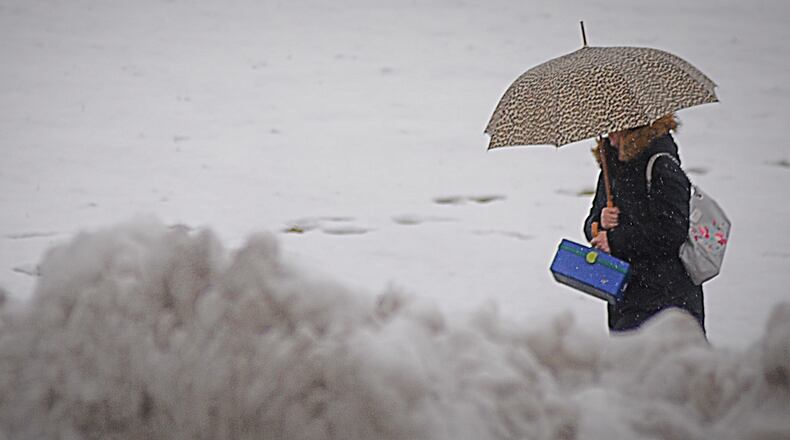WALKING THE PATH OF THE STORM: Harrison Twp. parks, Dixie strip, may never look the same after tornado
Extreme cold is often caused by big dips in the jet stream allowing arctic air to surge southward into the states. This cold air can be enhanced further when combined with brisk winds, leading to dangerously cold wind chills. Prolonged exposure to these bitter conditions can lead to frostbite or hypothermia.
Some signs of frostbite include a burning sensation, tingling or numbing. Hypothermia can begin with shivering, followed by drowsiness, shallow breathing, slurred speech and, eventually, unconsciousness and death.
PODCAST: New podcast takes listeners on the path of the Memorial Day tornadoes
A secondary cause of death related to cold weather is being submerged in cold water. That most often occurs when someone falls through thin ice. According to the National Weather Service, roughly 20 percent of people who fall into cold water die in the first minute due to cold water shock.
Of course, winter doesn’t just come with cold temperatures, but also wintry precipitation. Whether it be snow, sleet or freezing rain, the chances of experiencing this kind of weather will increase over the next few months. While each forms in a different way, they all have their own risks.
Over that past few years, some of the most significant snow events have been more than the typical winter storm. While snowstorms can bring high snow totals, it’s often snow squalls that catch many off guard. Snow squalls are intense, but short-lived, periods of heavy to moderate snowfall.
DETAILS: Memorial Day tornadoes: Homes still exposed as winter comes
These bursts of snow often are associated with gusty winds that lead to reduced visibility and whiteout conditions. A rapid drop in temperatures associated with these snow squalls can then create slick roads. All are a recipe for disaster on the roads.
Due to the dangerous nature of snow squalls, the National Weather Service teamed up with the Ohio Department of Transportation to get impact language added to road signs. This was in an effort to alert drivers to the potential of dangerous conditions on the roads.
The National Weather Service in Wilmington has now gone a step further. Beginning last year, when necessary, they issued Snow Squall Warnings. These warnings are hyper-local and drawn with polygons like a tornado warnings. This is to help pinpoint the most intense snow squalls to alert small areas in the path, rather than an entire county.
PODCAST: Where is the money donated for tornado relief going?
The best way to stay safe during winter is to be prepared. Make an effort to know the forecast, have a plan and stay connected for updates on changing conditions. Also, if you haven’t already, make sure you have a winter survival kit in your car if you have to travel on a winter weather day.
About the Author
